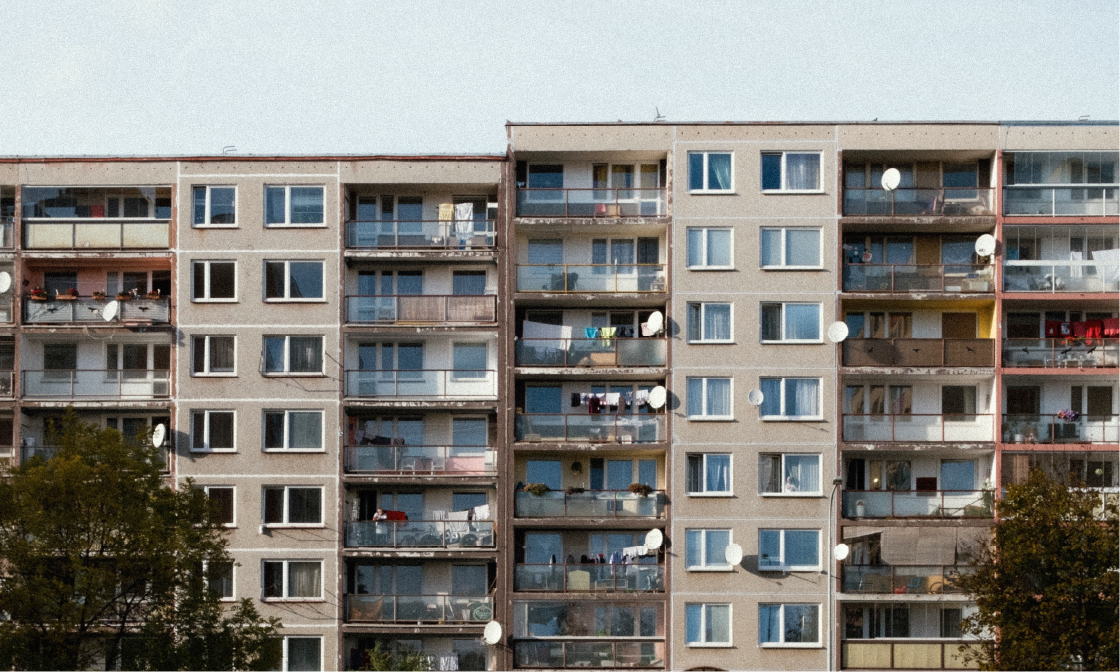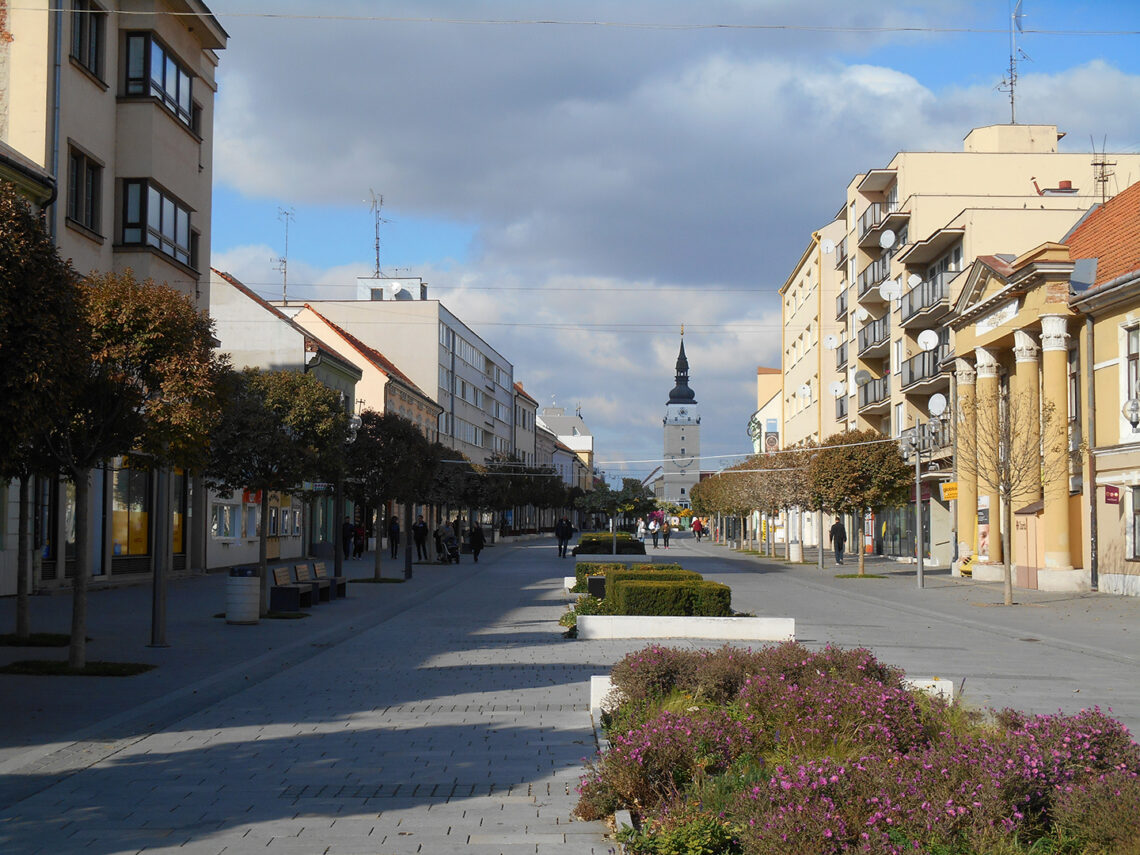
Residency for an architect in Slovakia
Open call for architects, urban planners, and researchers.
Deadline: September 3rd 2023
Are you passionate about small-city urbanism, ecology, or excluded communities?
Cultural center Malý Berlín and City of Trnava are looking for Slovak or foreign architects, urban planners, and researchers. Applicants will receive opportunities to work on a selected topic, get to know the local context and propose a solution in direct collaboration with the main architect of the city Trnava and his department. At the end of residency, the candidate will present his or her ideas and work to the public.
Candidates can choose from these two topics:
- Excluded communities – the housing solution for the Roma minority
- Living City – adaptation of socialist housing estates to climate change
The selected candidate will work in theoretical and/or practical disciplines. The residency is best suited to applicants with a clearly developed focus and/or approach who can work independently.
Short description of topics
1. Excluded communities
Trnava is one of the cities in Slovakia that has within its boundaries a segregated Roma community. The area where most of the Roma people are living is located in the brownfield, industrial area of Coburgova street. The residents suffer from various forms of social as well as spatial exclusion, with incidence of socio-pathological phenomena. Even though several other housing options in other parts of the city have been considered during last 30 years, these may not bring a qualitatively better solution. The task is therefore to address these numerous forms of segregation and exclusion via urban forms that will enhance the quality of life of Roma residents and their sustainable integration into the city life of Trnava.
2. Living City
It’s part of a larger cultural-artistic-research initiative of Malý Berlín, within which we try to look at different aspects of housing in our city – architectural, cultural, social, ecological. Within this residency we are looking for ideas on how to adapt socialist housing estates mostly built in the 70s and 80s to current climate change.
Duration:
October – December 2023 (3 months)
Who are we looking for?
Open call is aimed at architects, urban planners and researchers from diverse backgrounds, educations, experiences, and aspirations. Previous experience with international projects are not necessary but can be an advantage.
The selection of candidate will be based on experience, intent and the relevancy of past/present projects in portfolio. Important part of the final decision will be interest in the selected topic and in the local context.
Criteria for participant:
- suitable for those who already have experience or are just interested in the topics of this call;
- young or mid-career architects, urban planners, and researchers, (students included);
- fluent in English or Slovak;
- previous experience with international projects is not necessary but can be an advantage.
What does the residency offer?
- scholarship of 1000 € per month (3000 € in total),
- reimbursement of travel expenses up to 500 €,
- accommodation during the residency,
- networking opportunities with the local scene,
- the opportunity to present his or her work, interests, activities and ideas to the public,
- full access to city office departments, especially territorial development and planning department, building and environmental (Odbor územného rozvoja a koncepcií).
Expected outputs from the residency:
- active participation,
- reports on a weekly basis,
- public presentation of his or her work and activities.
Deadline for applications is 3. 9. 2023
Supported by:

City of Trnava
Trnava is one of the oldest and most important cities in Slovakia. It is the seat of the Trnava district and Trnava Self-Governing region. With the population of 65 000 inhabitants it is the seventh biggest city in Slovakia.
It is situated on the fringe of the West Slovak lowland only 50 km far from Bratislava, the capital of the Slovak Republic. The total area of the city is 71,5 km2. The city is crossed by a highway and the main railway corridor connecting the west and east of the country. The distance to a significant European city, Vienna, is 95 km.
Source: www.trnava.sk
